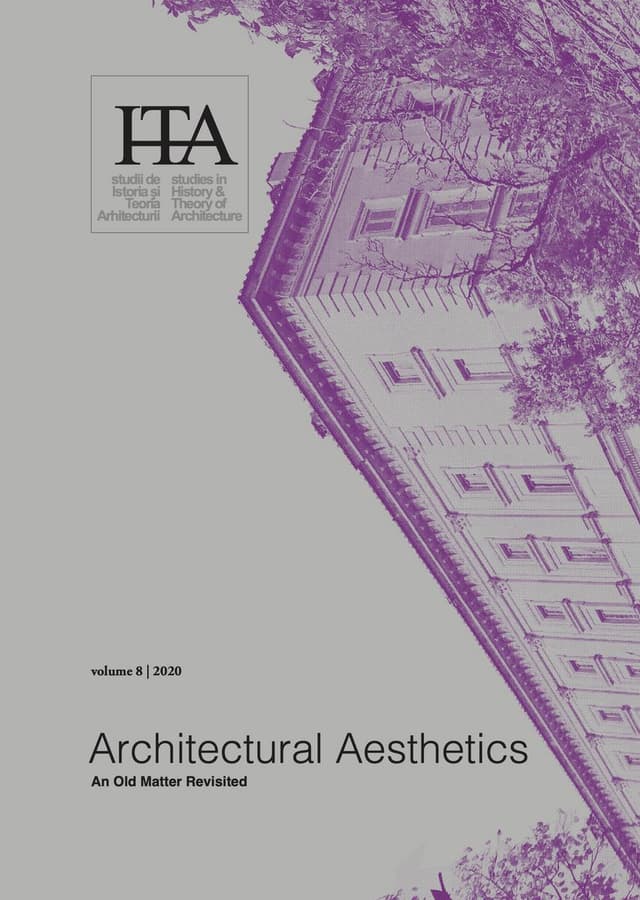The Techno-aesthetical Architectural Dilemma:Paradigmatic Histories of Reinforced Concrete
The Techno-aesthetical Architectural Dilemma:
Paradigmatic Histories of Reinforced Concrete
by
Khaoula Hannachi
,
Mustapha Cheikh Zouaoui
&
Amina Abdessemed Foufa
Keywords
techno-aesthetics
reinforced concrete
Algeria
This paper seeks to elucidate the techno-aesthetic reality – in the Simondonian sense – of the architectural object. It discusses a number of reinforced concrete buildings in order to explore the creation process of the Beautiful and the Good in Architecture.
As a result of the various technical, economic and social tensions of the Anthropocene, architecture is being subjected to a penalizing portrayal that seems to confuse its endogenous aesthetics with the trans-aestheticization – or even fetishization – of the architectural object. This created a dichotomous rupture between the double dialectic Architecture-Ethics / Architecture-Aesthetics, which led to a conditioning of the architectural object that not only reduces it to its technical (functional) dimension – assumingly more ethics-oriented –, but also jeopardizes the metaphysical dimension of architecture.
In this quest for the aesthetic legitimacy of architecture, concrete stands out as an inevitable reference point. Architectural Aesthetics were deeply revolutionized by its invention: its physical and metaphysical qualities allowed the regeneration of the architectural design process and its aesthetic programs. However, despite concrete’s unquestionable providential appearance, it too takes on an almost unethical connotation that calls its very existence into question.
In order to explore this dilemma, this paper engages an epistemological reading of reinforced-concrete projects built in Algeria in the late 20th century by internationally renowned architects such as Oscar Niemeyer, Kenzo Tange, Fernand Pouillon, Luigi Moretti, Georgette Cottin- Euziol, Daniel Grataloup, André Ravéreau, and others like Abderrahmane Bouchama. In these projects, reinforced concrete takes on the status of a medium-material, their paradigmatic richness should help us restore an important part of the signification system that governs architectural aesthetics.
Published in

Chicago citation style
DOI:
10.54508/sITA.8.16